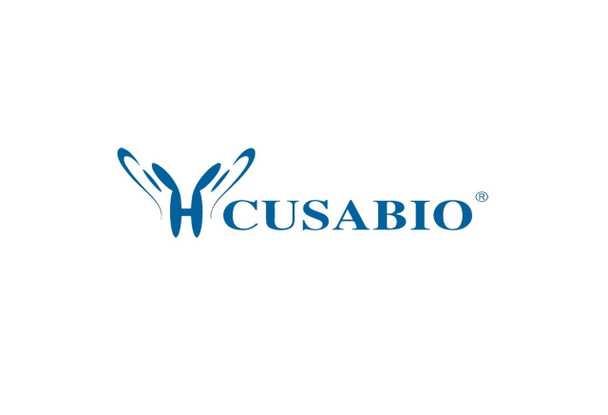Cusabio Polyclonal Antibodies
ITPR3 Antibody | CSB-PA964497
- SKU:
- CSB-PA964497
- Availability:
- 3 to 7 Working Days
Description
ITPR3 Antibody | CSB-PA964497 | Cusabio
ITPR3 Antibody is Available at Gentaur Genprice with the fastest delivery.
Online Order Payment is possible or send quotation to info@gentaur.com.
Product Type: Polyclonal Antibody
Target Names: ITPR3
Aliases: inositol 1, 4, 5-trisphosphate receptor, type 3
Background: This gene encodes a receptor for inositol 1, 4, 5-trisphosphate, a second messenger that mediates the release of intracellular calcium. The receptor contains a calcium channel at the C-terminus and the ligand-binding site at the N-terminus. Knockout studies in mice suggest that type 2 and type 3 inositol 1, 4, 5-trisphosphate receptors play a key role in exocrine secretion underlying energy metabolism and growth.
Isotype: IgG
Conjugate: Non-conjugated
Clonality: Polyclonal
Uniport ID: Q14573
Host Species: Rabbit
Species Reactivity: Human
Immunogen: Synthetic peptide of human ITPR3
Immunogen Species: Human
Applications: ELISA, IHC
Tested Applications: ELISA, IHC;ELISA:1:2000-1:10000, IHC:1:50-1:200
Purification Method: Antigen affinity purification
Dilution Ratio1: ELISA:1:2000-1:10000
Dilution Ratio2: IHC:1:50-1:200
Dilution Ratio3:
Dilution Ratio4:
Dilution Ratio5:
Dilution Ratio6:
Buffer: -20°C, pH7.4 PBS, 0.05% NaN3, 40% Glycerol
Form: Liquid
Storage: Upon receipt, store at -20°C or -80°C. Avoid repeated freeze.
Initial Research Areas: Neuroscience
Research Areas: Neuroscience;Signal transduction











